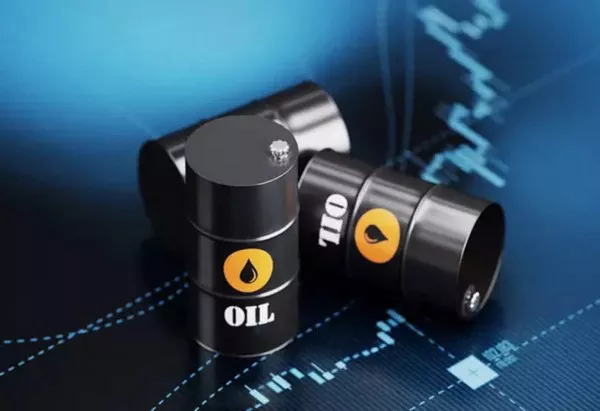West Texas Intermediate (WTI), the U.S. benchmark for crude oil, hovered around $60.90 during Wednesday’s Asian trading session, slipping slightly as investors weighed the implications of renewed diplomatic momentum between the United States and Iran.
The slight decline in WTI prices comes on the heels of encouraging developments in nuclear negotiations between the two countries. Following the fifth round of talks in Rome last week, U.S. President Donald Trump expressed optimism, describing the discussions as “very good” and citing “real progress.” Meanwhile, Iranian Foreign Minister Abbas Araghchi struck a more cautious tone, noting the complexity of the negotiations and stating that a resolution would likely require more than just a few meetings. He acknowledged, however, that Oman’s recent proposals had created room for progress.
Market participants are watching the negotiations closely. A collapse in talks could maintain the current limits on Iranian oil exports, supporting oil prices. Conversely, a diplomatic breakthrough could reintroduce Iranian crude into global markets, potentially exerting downward pressure on WTI.
Adding to the bearish sentiment is anticipation surrounding the upcoming OPEC+ meeting. The coalition of oil-producing nations is expected to discuss a potential output increase, with sources indicating a possible addition of 411,000 barrels per day for a third consecutive month. The decision, originally slated for later, has been moved up to Saturday. However, Russian Deputy Prime Minister Alexander Novak indicated that no formal discussion on the output hike had occurred as of yet.
Amid these pressures, there is a glimmer of support for crude prices. Tensions between the U.S. and the European Union have cooled slightly, with President Trump announcing a delay in implementing a 50% tariff on EU goods. The extension, granted after a phone call with European Commission President Ursula von der Leyen, moves the deadline to July 9.
As geopolitical dynamics continue to evolve, oil traders remain on edge, closely monitoring both diplomatic talks and production decisions that could sway the delicate balance of supply and demand.


